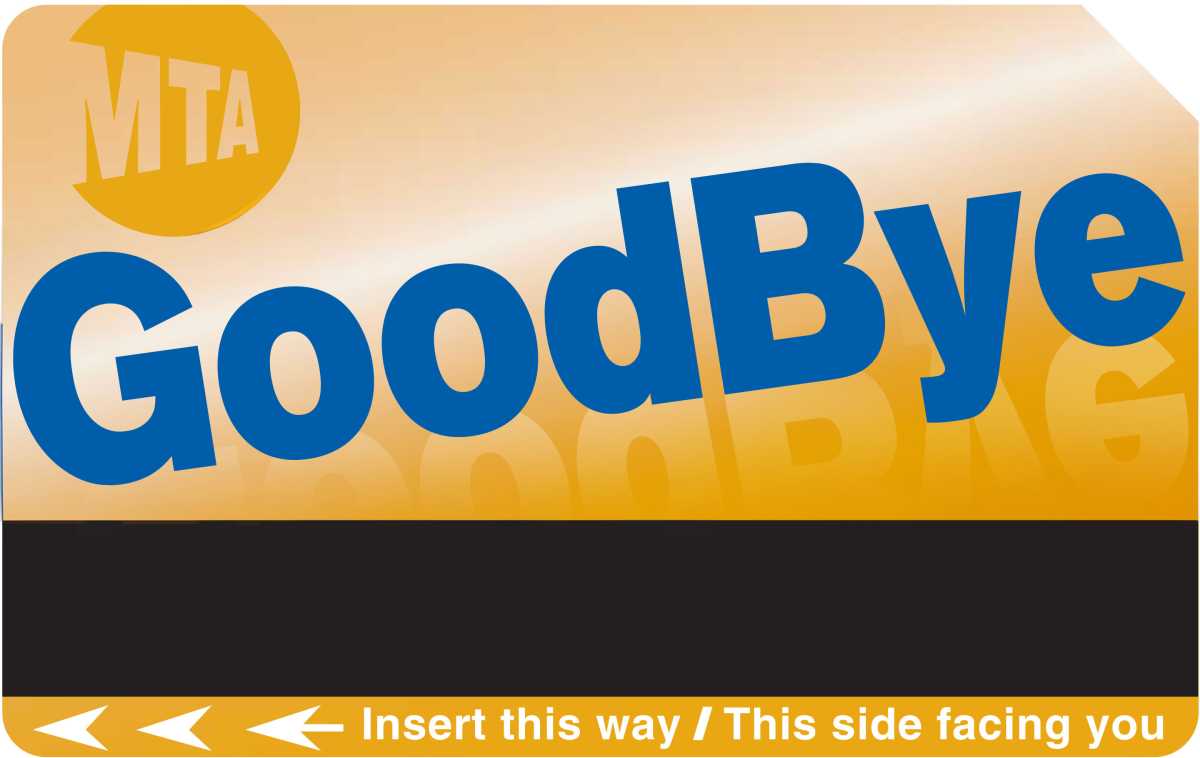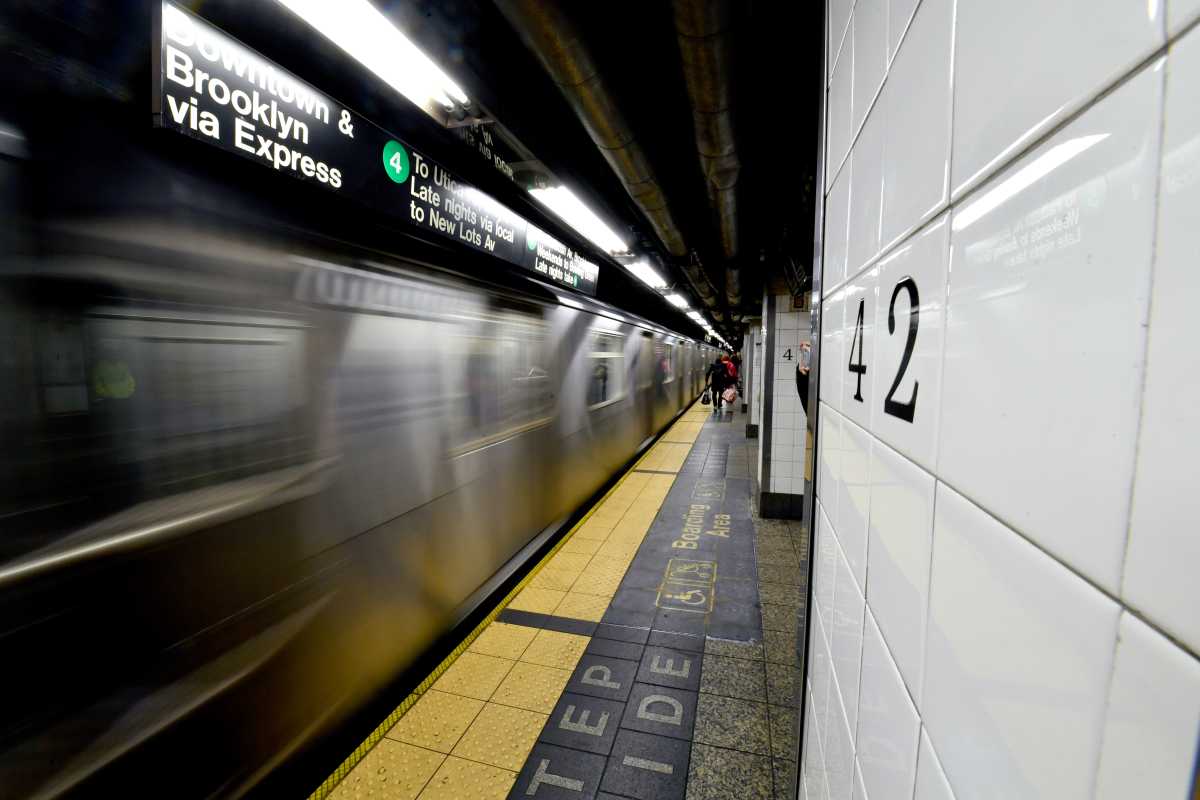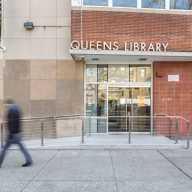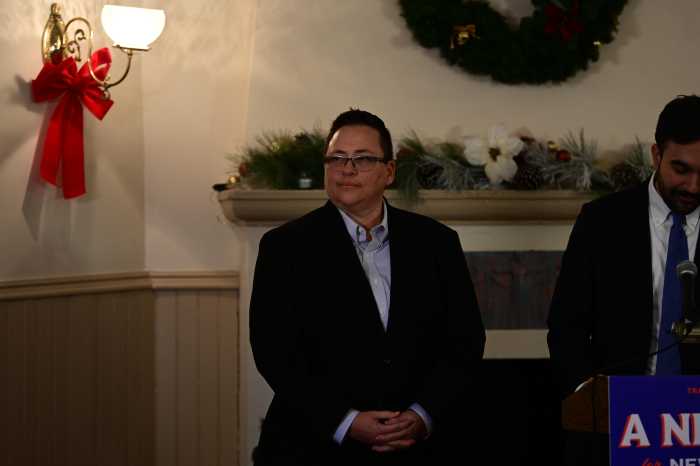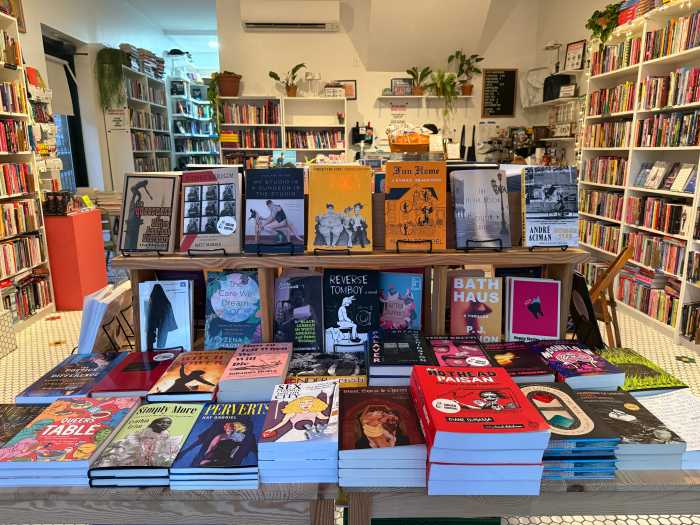By Philip Newman
It was spring 1939 with the outbreak of World War II only months away, but President Franklin Roosevelt took time out to open the World’s Fair in a motorcade that passed over the shining new Bronx-Whitestone Bridge.
“May the months to come carry us forward on the rays of eternal hope,” said Roosevelt in hailing the fair with the theme “Building the World of Tomorrow.” Roosevelt arrived April 30 ,although the fair actually opened the day before.
“This is a milestone anniversary for the Bronx-Whitestone Bridge, which is not only used by commuters and weekend travelers, but also serves as an economic engine providing a crucial link in the transportation of goods to the tri-state area,” said Jim Ferrara, president of MTA Bridges and Tunnels.
Nearly 109,000 vehicles used the bridge on an average weekday in 2013.
“The Bronx-Whitestone Bridge holds a significant place in New York City history,” MTA Chairman Thomas Prendergast said. “Since its opening on April 29, 1939, an incredible 2.2 billion vehicles have crossed the span and more than seven decades later it continues to play a vital role in New York City and the entire metropolitan region.”
The bridge was built as part of a new highway network that allowed motorists from upstate New York to get to Queens and Long Island without going through Manhattan and central Queens, and became a key factor in the growth of Long Island after World War II.
“MTA Bridges and Tunnels has spent $737 million in capital improvements on the bridge since 1992 to ensure that it meets modern standards and is in a state of good repair for the millions who use it each year,” said Chief Engineer Joe Keane. “And we will continue to do so going forward to make certain that it remains that way for many decades to come.”
The MTA Department of Bridges and Tunnels will also host three exhibits using historical images from the agency’s Special Archive, which has one of the most extensive visual records of Depression-era public works in the country with 100,000 photos, 40,000 drawings, 50 scale models and 40,000 feet of film.
The first exhibit opens June 22 at Queens Historical Society. Another opens on an unannounced date in July at a Queens location still to be determined and a third will be held at the Bronx Historical Society.
The concept of the bridge came from Robert Moses, who as chairman of the Metropolitan Council on Parks proposed building it as part of his planned Belt Parkway system.
Moses, who would become chairman of the Triborough Bridge Authority, envisioned motorists leisurely using the parkways to make their way through four of the five boroughs. He persuaded the state Legislature and ground was broken for the bridge in June 1937.
Moses wanted the bridge opened in time for the World’s Fair, a mission he accomplished. The bridge was completed in just 23 months. Each of its towers was erected in 18 days and it took just 41 days to construct the two cables. In 1939, its 2,300-foot main suspension span was the fourth longest in the world.
The bridge cost $19,657,000 and the passenger toll when it opened was 25 cents, compared with E-ZPass, or $5.33, in 2014.
Reach contributing writer Philip Newman by e-mail at timesledgernews@cnglocal.com or phone at 718-260-4536.

